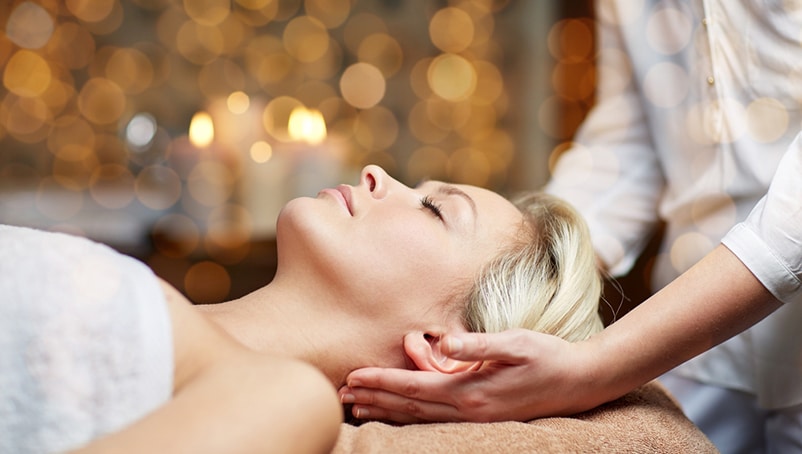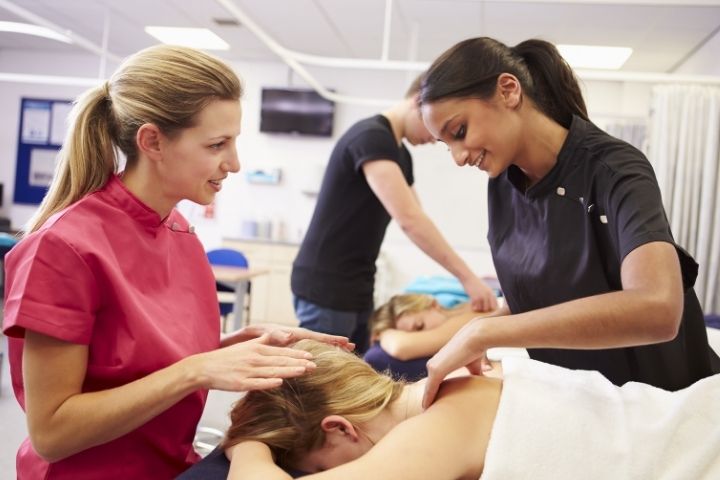
Massage therapy is a rewarding and fulfilling career that allows you to promote healing and relaxation for others. If you’re considering becoming a licensed massage therapist, follow this step-by-step guide to embark on your journey into this enriching profession.
Step 1: Research and Education
Start by researching accredited massage therapy schools in your area. Look for schools that offer comprehensive programs, including theoretical knowledge and hands-on training. Ensure the school is recognized by the relevant licensing board in your region. Enroll in a program that meets your schedule and financial constraints.
Step 2: Complete a Massage Therapy Program
Attend classes diligently and actively participate in hands-on training sessions in locations like massage school Calgary. Massage therapy programs typically cover anatomy, physiology, different massage techniques, and ethical practices. Dedicate time to practicing massage techniques under the guidance of experienced instructors to hone your skills.
Step 3: Fulfill Practical Requirements
Most licensing boards require a certain number of practical hours before you can qualify for licensure. Work with real clients under supervision to gain practical experience. Focus on developing your technique, communication skills, and professionalism during these practical sessions.
Step 4: Prepare for the Licensing Exam
Research the licensing requirements specific to your region. Prepare for the licensing exam, which assesses your theoretical knowledge, practical skills, and understanding of ethical and legal considerations. Consider joining study groups or seeking additional resources to enhance your exam preparation.
Step 5: Obtain Professional Liability Insurance
Before practicing independently, secure professional liability insurance. This insurance protects you in case of any unforeseen accidents or issues during your practice. Many clients also prefer therapists who are insured, as it provides an extra layer of security.

Step 6: Apply for Licensure
Submit your application for licensure to the appropriate licensing board or regulatory body in your region. Ensure that you provide all necessary documentation, including your educational transcripts, proof of completed practical hours, and exam scores. Pay the required fees and wait for your application to be processed.
Step 7: Start Your Practice or Find Employment
Once you receive your license, you can choose to either work for an established spa, wellness center, or healthcare facility, or start your private practice. If you’re starting your own practice, invest in quality equipment, create a comfortable and serene environment, and establish clear business policies and pricing structures.
Step 8: Continuously Improve and Specialize
Massage therapy is a constantly evolving field. Stay updated with the latest techniques, research, and industry trends. Consider taking advanced courses or certifications in specialized areas such as sports massage, prenatal massage, or aromatherapy. Continuous learning not only enhances your skills but also attracts more clients seeking specialized services.
Step 9: Network and Market Your Services
Network with other healthcare professionals, fitness trainers, and wellness centers to expand your client base. Utilize social media platforms and create a professional website to showcase your services. Encourage satisfied clients to leave testimonials that can be displayed on your website and social media profiles.
Step 10: Maintain Professionalism and Compassion
Always maintain the highest level of professionalism and ethical conduct. Respect client confidentiality, establish clear boundaries, and communicate effectively. Approach each session with compassion, empathy, and a genuine desire to help your clients achieve their wellness goals.
Step 11: Cultivate a Holistic Approach to Wellness
Massage therapy is not just about physical manipulation; it’s about holistic healing. Encourage your clients to adopt a holistic approach to their well-being. Provide them with guidance on maintaining a balanced lifestyle, including proper nutrition, regular exercise, and stress management techniques. Emphasize the importance of self-care routines that complement the benefits of massage therapy, such as stretching exercises, mindfulness practices, and adequate sleep.
By following these steps with dedication, passion, and continuous learning, you can not only become a licensed massage therapist but also thrive in this fulfilling career, making a positive difference in the lives of your clients.




